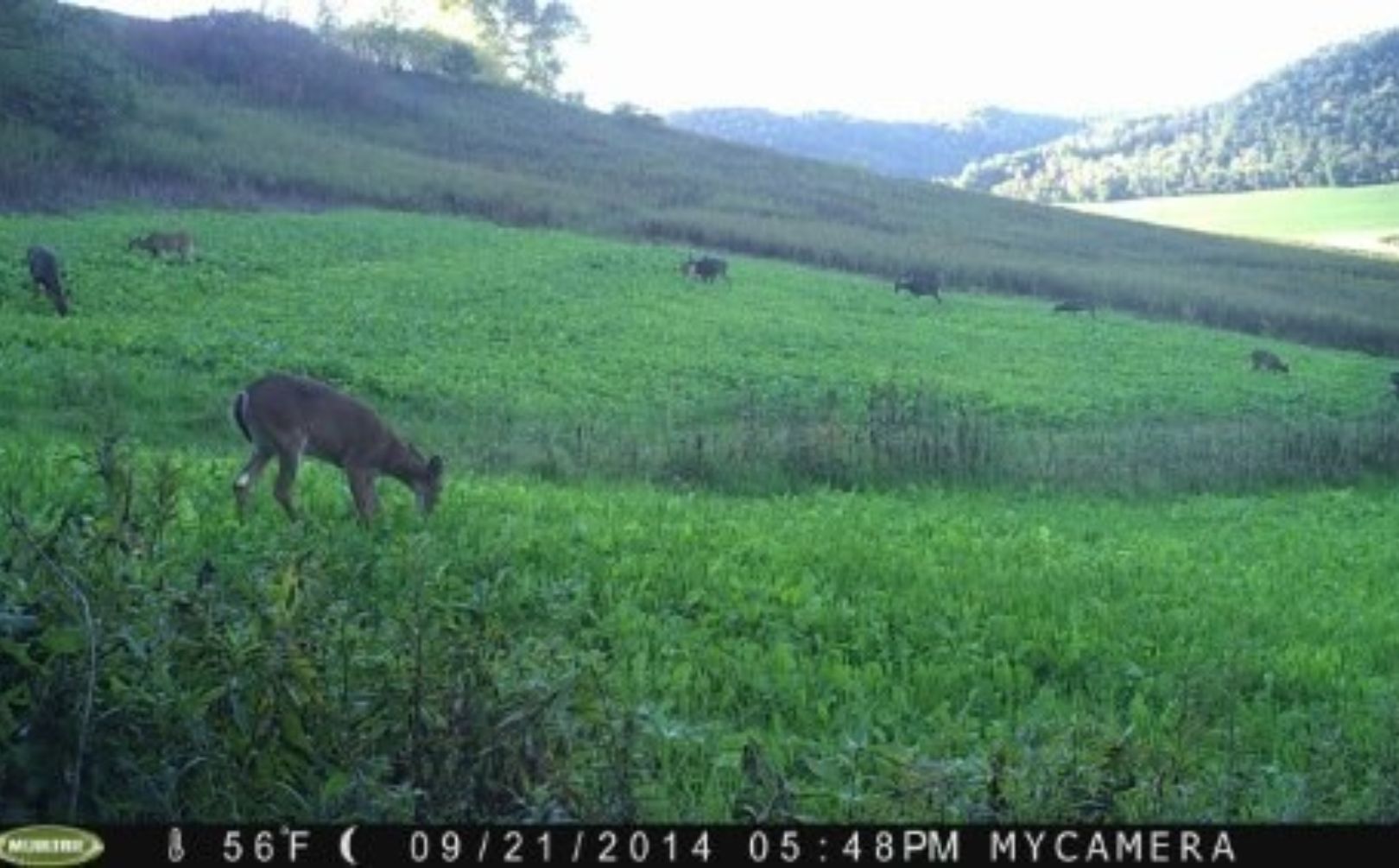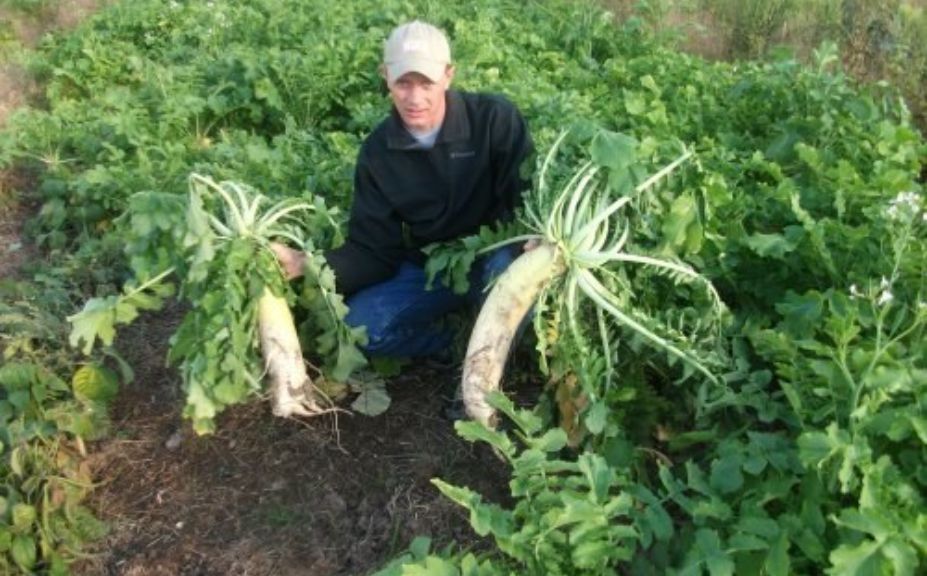
Have you ever asked yourself when the deer should actually feed the most on your food plots? Deer feeding patterns happen each and every day, in varying degrees. High winds, temparature and moon phase are some of the leading causes for influencing the timing and volume that deer feed. There are so many variables that you can't control as a whitetail hunter and habitat manager, that I have found it is critical to make sure that when you can control something; you do!
*Make sure to check out my whitetail book series including, "Whitetail Success By Design" and "Food Plot Success By Design", to help you find mature bucks this hunting season!
Deer feed 5 times in a 24 hour period as rythmic pattern feeders. Typical feeding times are:
1. Early Evening
2. Mid Night
3. Early Morning
4. Late Morning
5. Mid Day
Attracting, holding and ultimately controlling the afternoon deer feeding pattern should be the foundation of your whitetail success. Consider the example of a Northern hunter in a public land setting. They can't hinge cut, they can't plant food plots and they can't install waterholes, but what they can do in MI and WI is bait. Besides creating the potential to shoot a deer, what are hunters accomplishing when they effectively use bait? They are tapping into the powerful potential of controlling the afternoon deer feeding pattern. I have actually experienced hunters with bait and extremely limited resources, who control the afternoon feeding times better than hunters on private land. Recognizing and controlling the afternoon feeding times is one of the most important aspects of hunting whether you hunt public or private land. How are you doing?
The Priority of Deer Feeding Times
To a deer, I am sure that each feeding "time slot" is important. But to a hunter and habitat manager? There is certainly a priority for each feeding pattern that you should apply to your deer management efforts. The following is a brief breakdown of each period ranked as it relates to your overall whitetail success:
5. Mid Night Feeding Pattern:
After deer feed in their early evening food source, where do they go? Well if you are located in an agricultural area the location may be one in the same, but better yet is when the deer exit their daytime bedding areas on your own land, they feed on your food plots and then head to their night time feeding areas. Because I have typically had limited resources in both money and acreage to plant, my entire goal is for the deer to feed on my food plots during the evening daylight hours, and then leave to consume food somewhere else. My goal is to capture more daytime shooting hour game cam pictures, than night time.
4. Early Morning Feeding Pattern:
There isn't much difference between the midnight and early morning feeding time slots with the exception of during the extreme weather conditions of cold, wind, rain and snow. When harsh weather hits, deer are often forced back into their daytime bedding areas and away from their high quality food sources, even under the cover of darkness. Similar to the midnight feeding pattern though, I have never placed a priority on where the deer feed during the dark, as long as they were back on the land that I hunt on, during the day.
3. Mid Day Feeding Pattern:
Deer have to feed while they bed, during the day. Although the will not typically risk the travel needed to access their distant evening or midnight feeding areas, they will browse around their bedding areas. This is a very tough time slot to hunt in, because the afternoon features both the highest temparatures, and highest winds. While the midnight and early morning deer feeding patterns can be taken care of by your neighbor's, the mid day pattern should be take care of by you through a moderate availability of daytime browse. Hinge cuts, native regeneration, briars, shrubs and timber harvest activites can all create acceptable levels of food to adequately supply mid day browsing opportunities.
2. Mid Morning Feeding Pattern:
This is one of my favorite feeding patterns to hunt! Studies have shown that mature bucks move 2-3 times more during morning daylight hours, than afternoon hours. I personally believe this has a lot to do with the favorable travel conditions of light winds and cold temparatures, but regardless of the reason it is a great period of time to take advantage of while on a treestand. I love to focus on hunting interior high quality, native, hidden food sources such as apples and acorns, that are adjacent to mature buck bedding areas.
1. Early Evening Feeding Pattern:
Although I do hunter during this time slot, and have killed a couple of my best bucks during evening hunts, over 80% of my best bucks have been harvested during the morning hours near bedding areas. However, that being said, this is by far the most critical deer feeding pattern to focus on for both your habitat and hunting success. In the perfect world your food sources would offer enough food to satisfy the local deer herd until darkness falls, and then send them on their way to consume your neighbor's food sources, in particular major agricultural fields, orchards or possibly mature forests of oak, beach or cherry.

*As John Komp ofNorthwoods Whitetailsis showing, you can't attract deer without consistent high volumes of food throughout the entire season. For making sure that you are offering enough food and diversity to control the afternoon deer feeding pattern, check out "Food Plot Variety: The Need For Hunting Season Diversity".
Hunting Season Rollercoaster of Deer Feeding Patterns
Although deer feed 5 times during a 24 hour period, the exact time slots can often be a moving target, while reflecting a huge variety of influences. In a nutshell, when 1 or 2 feeding patterns are influenced positively or negatively, the opposite takes place during the following 1-2 feeding patterns. When a strong weather front moves through the area and whitetails are suppressed from feeding opportunities for 24 hours or more, you can expect extremely heavy feeding to take place when the conditions subside.
1. Moon Phase:
A bright, rising moon during the evening equals safe, social and heavy feeding periods during the first 1/2 of the night. You can expect deer to be in their bedding areas early and feeding lightly at daybreak, creating a much higher feeding pattern during mid to late morning. Hunting rising full moons during mid to late morning and adjacent to a bedding area is a great mature buck tactic!
2. Temperature:
Deer love to feed when it's cold, but not when it is extremely cold. For example, the coldest time of the day is often at daybreak. During the rut this can be the best time to be in a treestand as mature bucks seem to enjoy the cooler crusing temperatures all morning long. However, when the temperatures turn extreme during December hunts, I nearly completely avoid all morning hunts as deer are typically bedded down and conserving energy at daybreak. But, deminished feeding in 1 time slot, creates a boom in the next. During extreme temperatures taking a seat to focus on the hours of mid morning to afternoon can be a great hunting strategy, to take advantage of deer that maybe bedded to conserve energy the bulk of the rest of the 24 hour period.
3. Hunting Pressure:
Why do most deer wait until after dark to feed on food plots? Hunting pressure. High hunting pressure can create a huge priority for deer feeding patterns that begin and continue safely on quality food sources, under the cover of darkness. This effect is magnified when acorns or other natural highly preferred forages are peaking during the hunting season! When hunting pressure is high and natural forages abundant, deer have no need to leave their bedding areas during the daylight hours. However, don't dismay, when the level of hunting pressure is significantly decreased on your food plots, deer often return to feeding on their preferred variety of afternoon food sources during daylight, as long as they haven't been attracted and held in safer pastures during their brief retreat.
4. Extreme Weather:
Temperature, wind, rain and snow all have their periods of influence. A recent Penn State study revealed that deer movements were not signficantly effected during wind speeds of 12mph or less. But, I have experiened when the wind speeds begin to rise above 12-15mph, deer can be grealy influenced to the point that deer completely pass on traveling to their typical early evening food source. The same can be said for extreme heat or cold, heavy rains and blizzard conditions.
5. Agricultural Crop Rotations:
Obviously annual crop rotations can completely alter deer movements across a large landscape. However, should they effect the early evening deer feeding pattern? Not for the savvy habitat manager. If you focus on a consistent food plot diversity that is available adjacent to deer bedding areas all season long, then the only reason that the movement should be destroyed is through the effects of hunting pressure.
The Early Evening Time Slot
As long as the deer bed during the day within bedding areas that you can control, and feed during the early evening within areas that you control, then you have accomplished one of the greatest feats in hunting and habitat management. The key is to attract and hold deer to the daytime bedding areas on land that your own or control, send those deer to the early evening feeding pattern that you control and then send them on their way safely into the evening hours. Your entire whitetail hunting strategy can revolve around your ability to effectively recognize and facilitate the early evening deer feeding pattern; even on public land!

*In order for you hold deer during the daytime hours on your land, and then send them to their early evening food sources, you have to provide daytime browse. To make sure that you have an adequate supply of daytime browse in your bedding areas, make sure to read "Deer Browse For Daytime Bedding".
Conclusion
When you find that you are collecting a much higher % of shooting hour photos than game cam pictures under the cover of darkness, then you know your early evening feeding efforts have been effective. I encourage you to not only focus on the priority of deer feeding pattern time slots, but that you develop your entire habitat and hunting foundation based on those feeding patterns. When it comes to hunting opportunity it pays to be fully aware of the hunting season influences of weather, moon phase and hunting pressure, but as long as the table is set to provide for controlling the early evening pattern of deer movement, you will find consistent success.